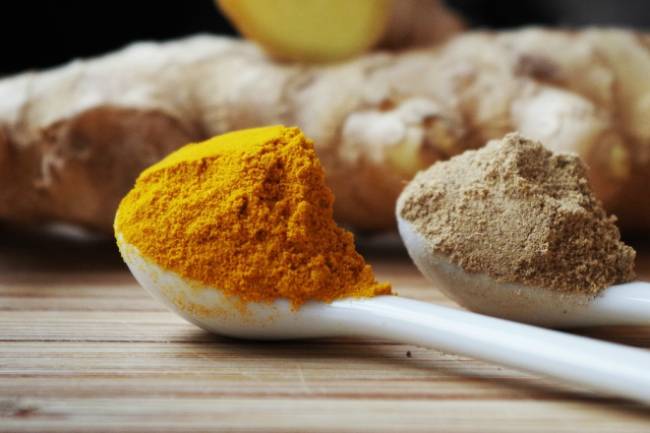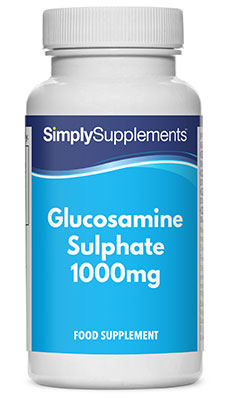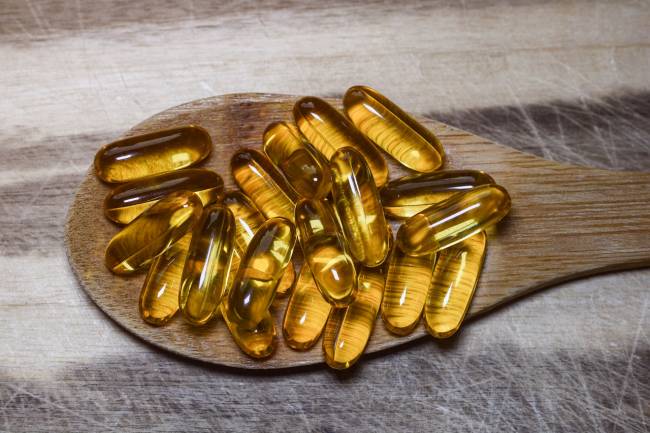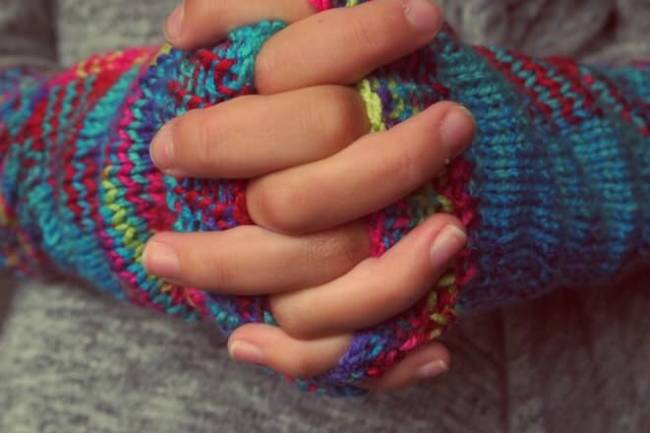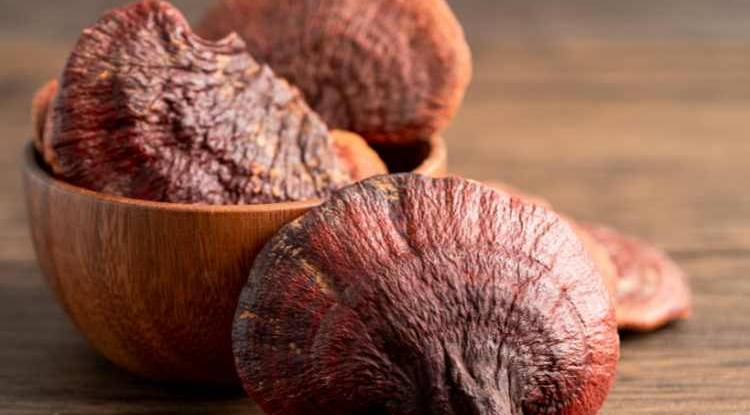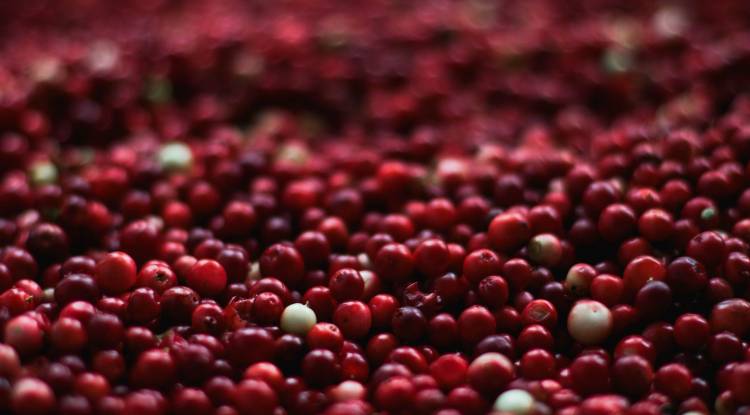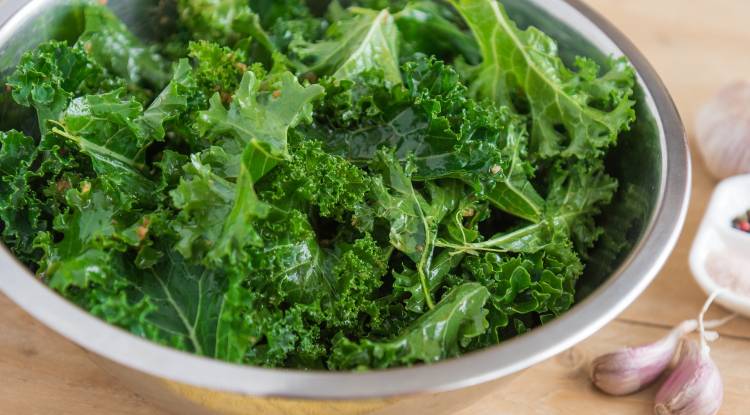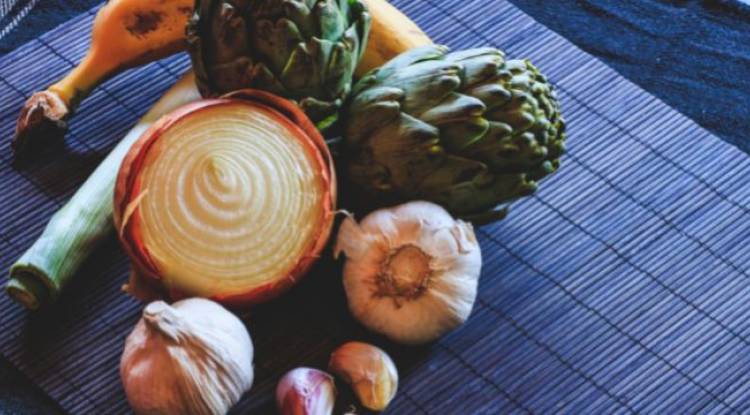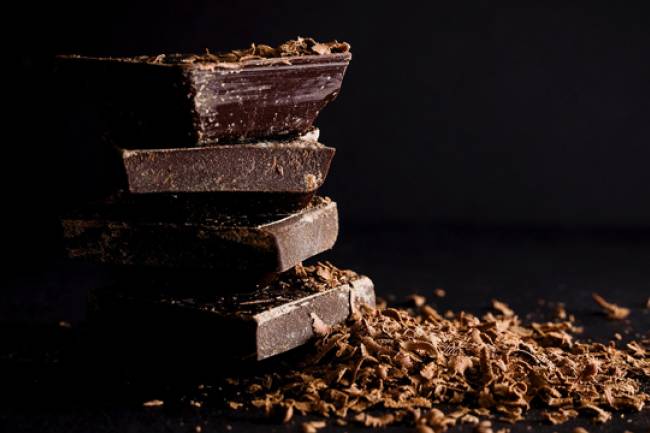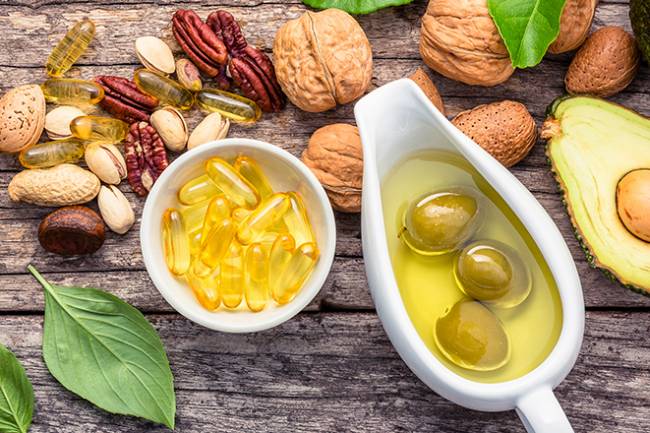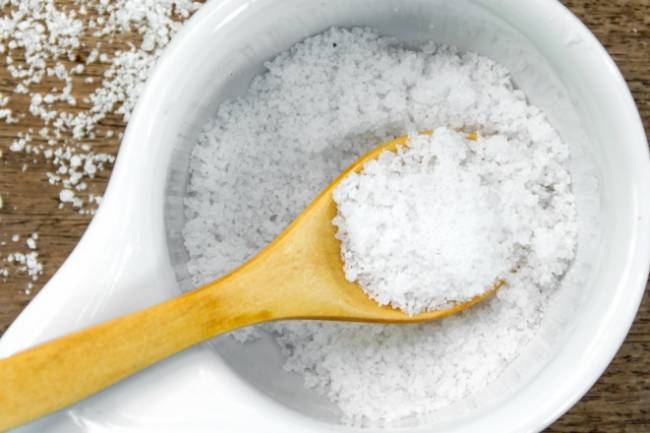Most Common Joint Problems
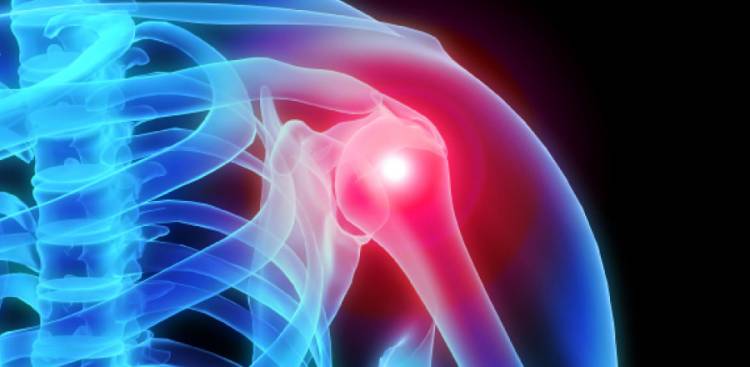
A joint is a structure in the human body that constitutes the point of articulation of two or more bones.
Some joints, such as the sutures of the skull, are fixed and immobile. However, the majority of joints, such as the knee, elbow and shoulder, are able to move freely within specific limits.
There are approximately 200 known disorders that affect the joints.
These are collectively described by doctors as musculoskeletal conditions, and three of the more common examples include:
- Osteoarthritis
- Rheumatoid Arthritis
- Gout
Osteoarthritis
The prevalence of osteoarthritis is on the rise, resulting from the increasing ageing of the population, and an increase in the risk factors associated with the condition, such as obesity and a sedentary lifestyle.
Osteoarthritis is the leading form of arthritis in the UK, and, according to the NHS, it accounts for a significant proportion of cases reporting joint pain. The condition develops when the cartilage that lines the joints starts to deteriorate, causing pain and stiffness.
Who Does Osteoarthritis Affect?
Osteoarthritis is more common in adults over the age of 40, resulting from ordinary wear and tear. Before the age of 45, osteoarthritis is more common in men, but after this age, it is more common in women. However, osteoarthritis can occur at any age as a result of a malformation of the joint or a genetic defect in the cartilage. Younger people can also develop the condition following injury or trauma to the joint.
Symptoms
Osteoarthritis can occur in any joint, but it most often affects the spine, hips, knees and the smaller joints of the hands. Unlike some other types of arthritis, osteoarthritis can affect the joints asymmetrically, meaning that an affected joint on one side of the body doesn't necessarily coincide with the same joint being affected on the other side.
The symptoms of osteoarthritis tend to appear, disappear and reappear, and the condition usually presents with pain and stiffness in the joints, especially following periods of inactivity.
The severity of the symptoms typically fluctuates and can depend on factors such as physical activity and the weather. Sometimes, osteoarthritis can lead to a reduced range of motion and a change in the appearance of the joints.
If the symptoms of osteoarthritis are mild, they are likely to have little impact on person's daily life.
However, in more severe cases, the condition can interfere with a person's lifestyle in a number of ways and can affect their:
- Career
- Ability to participate in day-to-day activities
- Mood and mental health
Causes
It is still not fully understood exactly what causes osteoarthritis but is thought to occur when the micro-damage that joints are subject to on a daily basis outstrips the body's ability to repair itself.
This usually affects the cartilage in the joints, and, when the degeneration becomes significant enough, the bones under the cartilage rub together, resulting in pain, swelling and a restricted range of motion.
A range of factors exist that are believed to increase a person's risk of developing osteoarthritis, including:
- Age – Osteoarthritis is not inevitable as we get older but is more common in people over the age of 45.
- Injury – Damage to joints as a result of injury, surgery or overuse can lead to osteoarthritis in later life.
- Obesity – Being significantly overweight can increase the overall strain on the joints, and particularly increases the risk of developing arthritis in weight-bearing joints such as the hips and knees.
- Family History – Sometimes a person is more likely to develop arthritis if there is someone else in the family with the condition.
Treatment
Although there is no known cure for osteoarthritis, treatment programmes can be tailored to the need of the individual to improve pain and enhance joint function. Treatment for osteoarthritis can include:
- Rest – To relieve the stress on the joints.
- Medication – To relieve pain and inflammation.
- Surgery – To remove loose bone, reposition bones, or smooth out bone surfaces.
- Physiotherapy – To teach techniques for protecting the joints and dealing with pain.
- Occupational Therapy – To help with everyday work, home and leisure activities.
Exercise
Although it not possible to prevent osteoarthritis completely, exercise can help to keep joints healthy. Exercise can also be included in part of the treatment of osteoarthritis, and some people find is useful in reducing pain and improving flexibility.
However, the volume and type of exercise that is appropriate will depend on which joints are affected, and care should be taken not to put excessive strain on the joints.
Activities such as walking, swimming, water aerobics and cycling are good examples of exercise that limit impact and support the joints during its performance.
Diet
Eating a healthy balanced diet is always important. No single diet is guaranteed to prevent or ameliorate osteoarthritis, and nutrition practices should not be viewed as an alternative to medical advice.
At the same time, several links between diet and osteoarthritis have been established, and some people have reported an improvement in their symptoms as result of modifying what they eat.
Deficiencies in a number of nutrients have been associated with an accelerated progression of osteoarthritis. If you have been diagnosed with osteoarthritis, some of the most important nutrients to consider are:
- Calcium – Essential for maintaining the health of the bones.
- Vitamin D – Required for the proper absorption of calcium.
- Iron – Helps to prevent anaemia, which can be common in people with osteoarthritis.
- Selenium – Mild selenium deficiency is quite common in the UK, and some research suggests that selenium deficiency can cause osteoarthritis to progress more rapidly.
One nutrient that is particularly popular among people who are interested in maintaining the health of their joints is glucosamine. Dietary sources of glucosamine are scarce, and so a supplement is usually required to ensure an effective intake. According to Arthritis Research UK, people who want to try glucosamine should take 1,500mg of glucosamine powder sulphate per day.
Rheumatoid Arthritis
Rheumatoid arthritis is an inflammatory disease that the primarily affects the joints, although it can also affect other parts of the body. It is categorised as an autoimmune disorder and is usually a chronic condition.
Who Does Rheumatoid Arthritis Affect?
It is thought that around 400,000 people in the UK have been diagnosed with rheumatoid arthritis, and, although the disease can occur in all races and ethnicities, it tends to affect more women than men. The disease usually begins around middle age and is seen more frequently in older segments of the population, but teenagers and young adults can also develop rheumatoid arthritis.
Symptoms
The typical symptoms of rheumatoid arthritis are redness, heat, pain, stiffness and compromised function of the joints. The condition often first affects the small joint of the hands and feet, but a person with rheumatoid arthritis can experience issues in any joint of the body.
As is the case with osteoarthritis, symptoms such as pain and stiffness tend to more noticeable in the morning. However, the morning pain and stiffness associated with osteoarthritis only last for around thirty minutes, whereas these symptoms can persist a lot longer in rheumatoid arthritis.
Another difference between osteoarthritis and rheumatoid arthritis is that, unlike osteoarthritis, the joints are affected symmetrically. This means that if a joint on one side of the body exhibits the symptoms associated with the condition, the same joint on the opposite side is also often affected.
In addition to the problems that rheumatoid arthritis causes in the joints, the condition is also responsible for a range of other symptoms such as anaemia, fatigue, reduced appetite, weight loss fever, neck pain and dryness of the eyes and mouth.
Causes
As a type of autoimmune disease, rheumatoid arthritis occurs when, for unknown reasons, the immune system mistakenly attacks the healthy tissues of the joints. White blood cells, which have major role in the immune response, cause inflammation in the tissue that lines the joint capsule, known as the synovium.
The inflamed synovium eventually damages the cartilage and bone within the joint, weakening the surrounding soft tissues and affecting their ability to provide support and stability to the joint.
Although the reasons why the immune system malfunctions in rheumatoid arthritis are yet to be fully elucidated, several factors are thought to be involved in the aetiology of the disease:
- Genetics – The inheritance pattern of rheumatoid arthritis is difficult to study in isolation, but it thought that having a close relative with the condition possibly increases a person's risk of developing the disease.
- Environment – Exposure to certain dust, fibres, bacteria and viruses are possibly triggers of rheumatoid arthritis.
- Hormones – Sex hormones have been implicated in the causation of rheumatoid arthritis, which possibly accounts for why women are more prone to developing the condition than men.
- Smoking – There is evidence to suggest that long term smokers are at an increased of developing rheumatoid arthritis and that smoking can exacerbate the symptoms associated with the disease.
Treatment
Like osteoarthritis, there is no known cure for rheumatoid arthritis. Treatment is provided by specialists from a range of disciplines and chiefly focuses on controlling the associated pain and inflammation and staving off further damage to the joints.
Medications for rheumatoid arthritis are divided into two fundamental categories:
- Disease-Modifying Anti-Rheumatic Drugs (DMARDs) – These drugs inhibit the joint-damaging effects of the immune system.
- Biological Treatments – This treatment involves giving injections to block the action of certain stimulatory chemicals that cause the immune system to attack the joints.
Exercise
The health benefits associated with regular exercise apply to people with rheumatoid arthritis as much as they do to the rest of the population. The gradual introduction of exercise can also confer specific benefits in rheumatoid arthritis, such as increased muscle strength and joint mobility. However, it is important to choose a form of exercise that does not worsen the symptoms, and bouts of physical activity should be balanced with adequate rest.
Diet
For the main part, dietary advice targeted at people with rheumatoid arthritis does not deviate from standard healthy eating criteria. However, research into the link between diet and arthritis is ongoing, and one nutrient group that has received particular attention is omega three fatty acids.
Maintaining the correct balance between omega three and omega six fatty acid can have an important role in controlling inflammation, and is thought that a high intake of long chain omega three fatty acids, such as those found in fish oil, can have an anti-inflammatory effect.
Arthritis Research UK suggest that at least 2.7mg of the omega three fatty acids EPA and DHA are required for a positive effect and that a supplement might be required to achieve this intake.
Gout
Gout is a particularly painful form of arthritis, which can have a debilitating effect on a person's day to day life. According to the NHS, between one and two percent of the UK population is affected by the condition.
Who Does Gout Affect?
Gout mainly affects men over 30 and post-menopausal women, but overall the condition is more common in men.
Symptoms
Gout is characterised by severe pain, swelling, redness, heat and itchy skin. For the majority of people affected by gout, the condition first attacks the big toe. However, the symptoms of gout can manifest themselves in any joint in the body, and sites commonly affected by the condition include the elbows, wrists, fingers, knees, ankles and feet.
An attack of gout usually lasts between three and ten days before the symptoms begin to disappear and the affected joint returns to normal. However, gout can sometimes persist longer than this, and repeat episodes are common. The symptoms of gout can occur at any time, but many people report that they tend to develop at night.
Causes
Gout is caused by a build-up of uric acid in the blood, which leads to the formation of crystals in and around the joints. When these crystals enter the spaces between the joints, they cause the pain and inflammation associated with gout. Uric acid is formed when the body breaks down substances in the body known as purines.
The name given to the state of having too much uric acid in the blood is hyperuricemia. Not everyone with hyperuricemia develops gout, but if excess uric acid crystals begin to form it can lead to the development of gout. A number of factors can increase a person's risk of developing gout including:
- A family history.
- Being male.
- Being overweight.
- Drinking excessive alcohol.
- A diet high in purines.
- Underlying conditions such as high blood pressure, diabetes, kidney disease, psoriasis and osteoarthritis.
- Medications such as beta blockers, diuretics, aspirin and niacin.
Treatment
The treatment of gout usually involves medication to deal with the pain and the swelling to prevent future attacks. Medications commonly used to target gout include: Non-steroidal anti-inflammatory drugs (NSAIDs) – to be taken at the first sign of an attack. Colchicine – usually used when NSAIDs are not effective or cannot be taken. Corticosteroids – usually used in more severe cases of gout. Allopurinol – inhibits the production of uric acid and is used to prevent gout attacks.
Exercise
Regular exercise can help reduce future attacks of gout. Activities that don't put stress on the joint are best, and care should be taken not to get injured as even minor knocks and bumps can trigger an attack in sufferers of gout.
Diet
Certain foods are associated with an increased risk of gout and should be avoided by people who suffer from the condition. These include
- High purine foods such as offal, game, oily fish, seafood, meat and yeast extracts.
- High sugar foods.
Reaching or maintaining a healthy weight can help reduce decrease levels of uric acid and the number of gout attacks. However, crash diets and high protein-low carbohydrate diets should be avoided, as these can elevate uric acid levels. Drinking too much alcohol can increase the risk of gout, and bring on a sudden attack in people who already have the condition.
There is some evidence to suggest that beer increases the risk of gout more than other types of alcohol. Staying well hydrated can help reduce the risk of gout by decreasing the likelihood of uric acid crystallisation in the kidneys.
The UK Gout Society recommends a fluid intake of 1.5 litres per day. Supplementing with vitamin C might also help decrease the risk of Gout, according to the UK Gout Society. The group recommends a dosage of 500 to 1500mg per day for those who wish to supplement with vitamin C.
As a precaution, anyone who is considering taking a supplement of vitamin C should first consult their GP.
1. NHS Choices, 2014. “Joint pain”, URL: [Accessed 9th Mar 2016]
2. Runhaar J et al. The role of diet and arthritis and of glucosamine sulphate in the prevention of knee osteoarthritis: Further results from the Prevention of knee Osteoarthritis in Overweight Females (PROOF) study. Seminars in arthritis and rheumatism. (2016 Feb).
3. NHS Choices, 2014. “Osteoarthritis”URLhttp://www.nhs.uk/Conditions/Osteoarthritis/Pages/treatment.aspx>. [Accessed 9th Mar 2016]
4. Arthritis Research UK, “Looking after your joints”, URL: [Accessed on 9th Mar2016]
5. NHS Choices 2014. “Rheumatoid Arthritis”, URL: [Accessed 9th Mar 2016]
6. NHS Choices, 2015. “Gout”, URL: [Accessed 9th Mar 2016]
7. NIH, “Handout on Health: Osteoarthritis”, April 2015. URL: [Accessed 9th Mar 2016]
8. NIH, “Handout on Health: Rheumatoid Arthritis”, August 2014. URL: [Accessed 9th Mar 2016]
9. NIH, “What is Gout?, November 2014. URL: [Accessed 9th Mar 2016]
10. Arthritis Foundation, “Best Exercises for Rheumatoid Arthritis”. URL: [Accessed 9th Mar 2016]
11. UK Gout Society, “All about gout and diet”, URL:

 Nicole
Nicole 